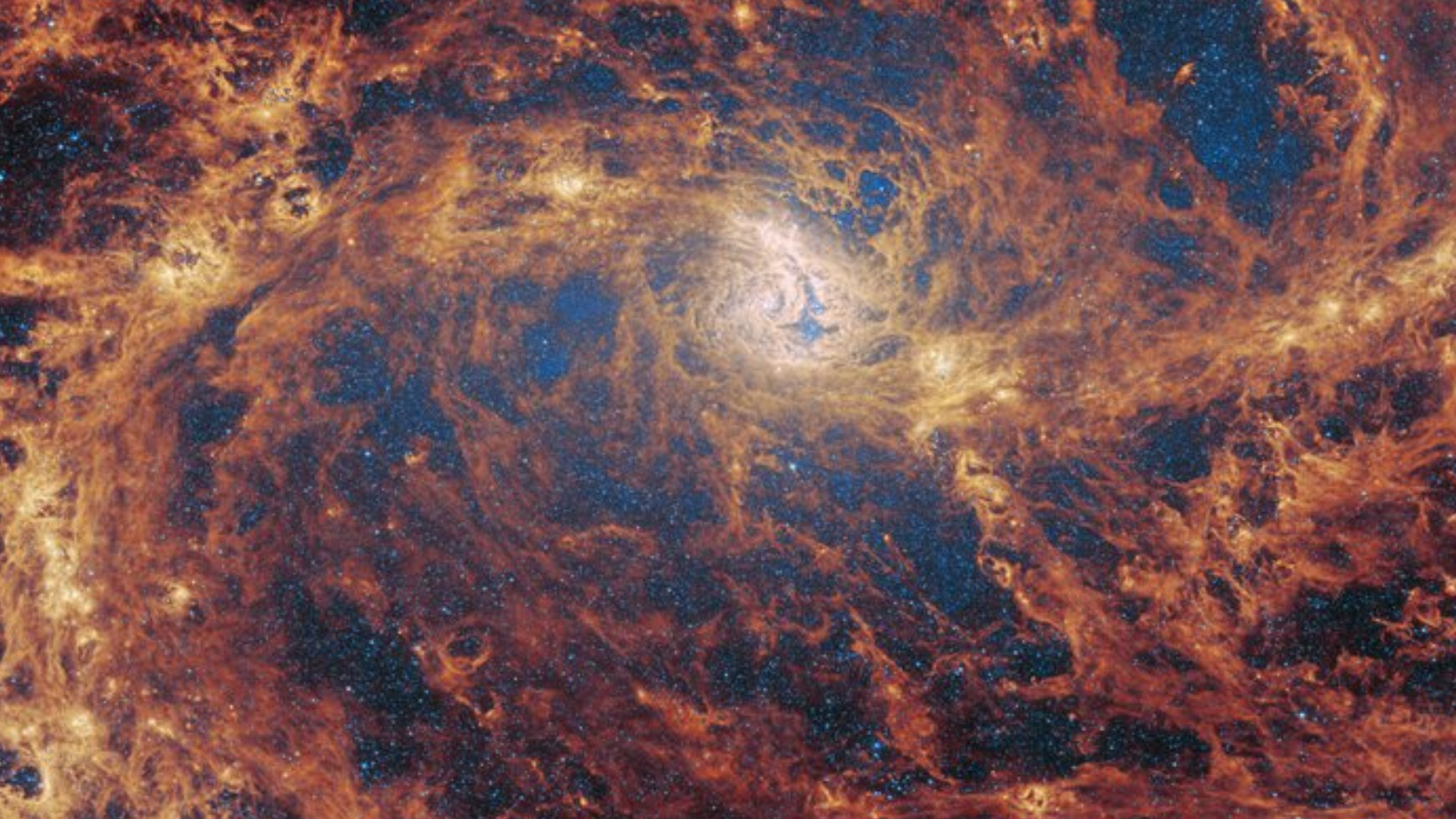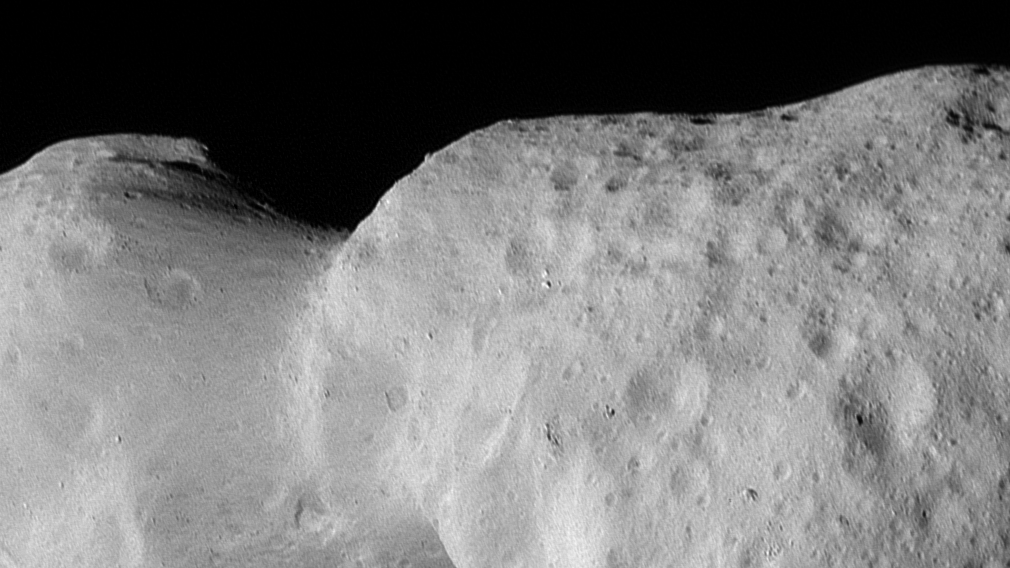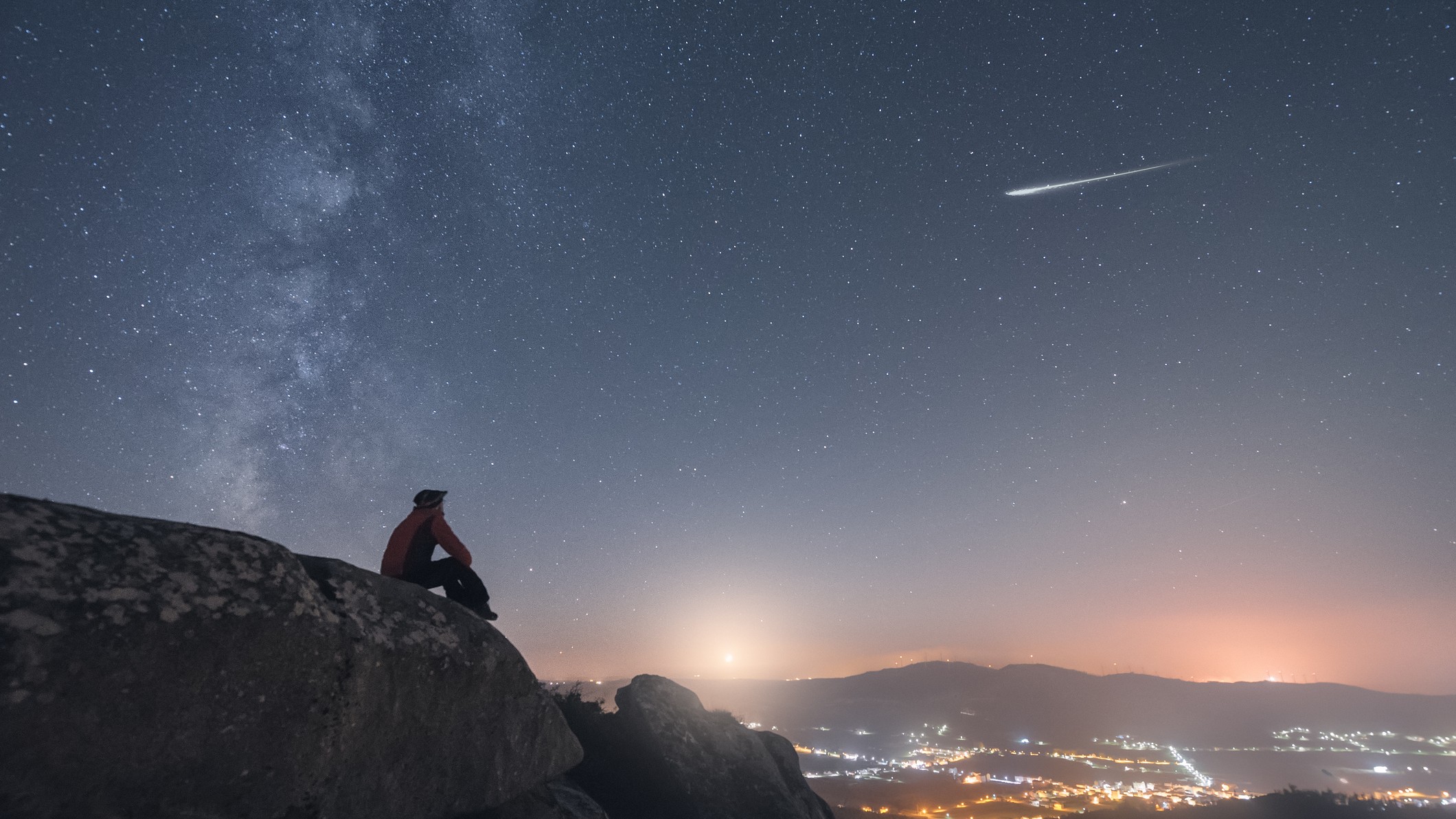Full Moon names date backto Native Americans, of what is now the northern and eastern United States. Those tribes of a few hundred years ago kept track of the seasons by givingdistinctive names to each recurring full Moon. Their names were applied to the entire month in which each occurred.
There were some variationsin the Moon names, but in general thesame ones were current throughout the Algonquin tribes from New England on westto Lake Superior. European settlers followed their own customs and createdsome of their own names. Since the lunar ("synodic") month is roughly 29.5days in length on average, the dates of the full Moon shift from year to year.
Here is a listing of allthe full Moon names, as well as the dates and times for 2007. Unless otherwisenoted, all times are for the Eastern Time Zone.
Jan. 3, 8:57 a.m. EST - The Full Wolf Moon. Amid the zero cold anddeep snows of midwinter, the wolf packs howled hungrily outside Indianvillages. It was also known as the Old Moon or the "Moon After Yule." In sometribes this was the Full Snow Moon; most applied that name to the next Moon.
Feb. 2, 12:45 a.m. EST- The Full Snow Moon. Usuallythe heaviest snows fall in this month. Hunting becomes very difficult, andhence to some tribes this was the Full Hunger Moon.
March 3, 6:17 p.m. EST- The Full Worm Moon. Inthis month the ground softens and the earthworm casts reappear, inviting thereturn of the robins. The more northern tribes knew this as the Full CrowMoon, when the cawing of crows signals the end of winter, or the Full CrustMoon because the snow cover becomes crusted from thawing by day and freezing atnight. The Full Sap Moon, marking the time of tapping maple trees, is anothervariation. A total lunar eclipsewill take place on this night; the Moon will appear to rise will totallyimmersed (or nearly so) in the Earth's shadow over the eastern United States. The rising Moon will be emerging from the shadow over the central UnitedStates, while over the Western U.S. the eclipse will be all but over by thetime the Moon rises.
April 2, 1:15 p.m. EDT- The Full Pink Moon. Thegrass pink or wild ground phlox is one of the earliest widespread flowers ofthe spring. Other names were the Full Sprouting Grass Moon, the Egg Moon, and-- among coastal tribes -- the Full Fish Moon, when the shad came upstream tospawn. This is also the Paschal Full Moon; the first full Moon of the springseason. The first Sunday following the Paschal Moon is Easter Sunday, whichindeed will be observed six days later on Sunday, April 8.
Get the Space.com Newsletter
Breaking space news, the latest updates on rocket launches, skywatching events and more!
May 2, 6:09 a.m. EDT - The Full Flower Moon. Flowers are abundanteverywhere. It was also known as the Full Corn Planting Moon or the Milk Moon.
May 31, 9:04 p.m. EDT -The Blue Moon. The secondfull Moon occurring within a calendar month is usually bestowed this title.
Although the name suggeststhat to have two Full Moons in a single month is a rather rare occurrence(happening "just once in a . . . "), it actually occurs once about every threeyears on average.
June 30, 9:49 a.m. EDT- The Full Strawberry Moon. Knownto every Algonquin tribe. Europeans called it the Rose Moon.
July 29, 8:48 p.m. EDT- The Full Buck Moon, whenthe new antlers of buck deer push out from their foreheads in coatings ofvelvety fur. It was also often called the Full Thunder Moon, thunderstormsbeing now most frequent. Sometimes also called the Full Hay Moon.
Aug. 28, 6:35 a.m. EDT- The Full Sturgeon Moon, whenthis large fish of the Great Lakes and other major bodies of water like LakeChamplain is most readily caught. A few tribes knew it as the Full Red Moonbecause the moon rises looking reddish through sultry haze, or the Green CornMoon or Grain Moon. A total lunareclipse will coincide with moonset for the eastern United States. TheCentral and Mountain Time Zones will see the Moon's emergence coincide withmoonset, while the western United States will see the entire eclipse.
Sept. 26, 3:45 p.m. EDT- The Full Harvest Moon. Alwaysthe full Moon occurring nearest to the Autumnal Equinox.Corn, pumpkins, squash, beans, and wild rice-- the chief Indian staples--are nowready for gathering.
Oct. 26, 12:52 a.m. EDT- The Full Hunter's Moon. Withthe leaves falling and the deer fattened, it is time to hunt. Since the fieldshave been reaped, hunters can ride over the stubble, and can more easily seethe fox, also other animals that have come out to glean and can be caught for athanksgiving banquet after the harvest. The Moon will also be at perigee laterthis day, at 7:00 a.m., at a distance of 221,676 miles from Earth. Very hightides can be expected from the coincidence of perigee with full Moon.
Nov. 24, 9:30 a.m. EST- The Full Beaver Moon. Timeto set beaver traps before the swamps freeze to ensure a supply of warm winterfurs. Another interpretation suggests that the name Beaver Full Moon comesfrom the fact that the beavers are now active in their preparation for winter. Also called the Frosty Moon.
Dec. 23, 2:51 a.m. EST - The Full Cold Moon; among some tribes, theFull Long Nights Moon. In this month the winter cold fastens its grip, andthe nights are at their longest and darkest. Also sometimes called the "Moon beforeYule" (Yule is Christmas, and this time the Moon is only just before it). Theterm Long Night Moon is a doubly appropriate name because the midwinter nightis indeed long and the Moon is above the horizon a long time. The midwinterfull Moon takes a high trajectory across the sky because it is opposite to thelow Sun.
Joe Rao serves as aninstructor and guest lecturer at New York's Hayden Planetarium. He writes aboutastronomy for The New York Times and other publications, and he is also anon-camera meteorologist for News 12Westchester, New York.
- Full Moon Fever
- The Fallacy of the Full Moon
- Skywatcher's Guide to the Moon
- Top 10 Luna-Terms
Join our Space Forums to keep talking space on the latest missions, night sky and more! And if you have a news tip, correction or comment, let us know at: community@space.com.

Joe Rao is Space.com's skywatching columnist, as well as a veteran meteorologist and eclipse chaser who also serves as an instructor and guest lecturer at New York's Hayden Planetarium. He writes about astronomy for Natural History magazine, Sky & Telescope and other publications. Joe is an 8-time Emmy-nominated meteorologist who served the Putnam Valley region of New York for over 21 years. You can find him on Twitter and YouTube tracking lunar and solar eclipses, meteor showers and more. To find out Joe's latest project, visit him on Twitter.









